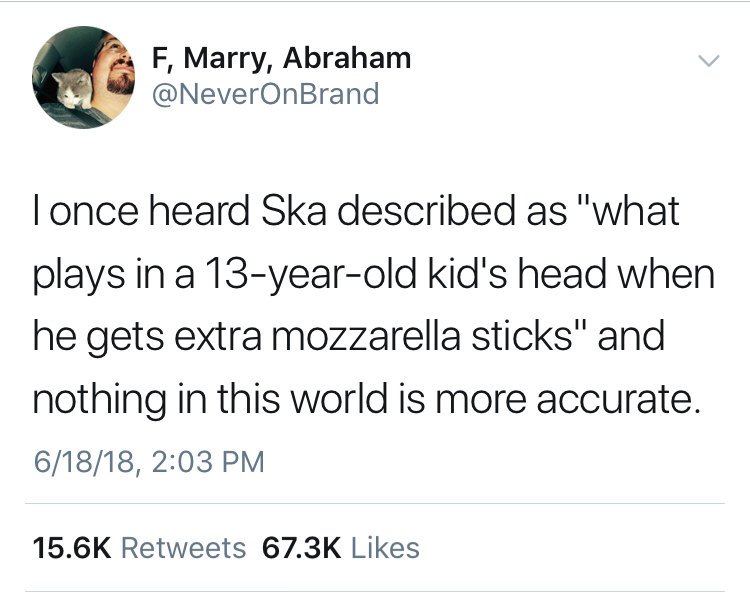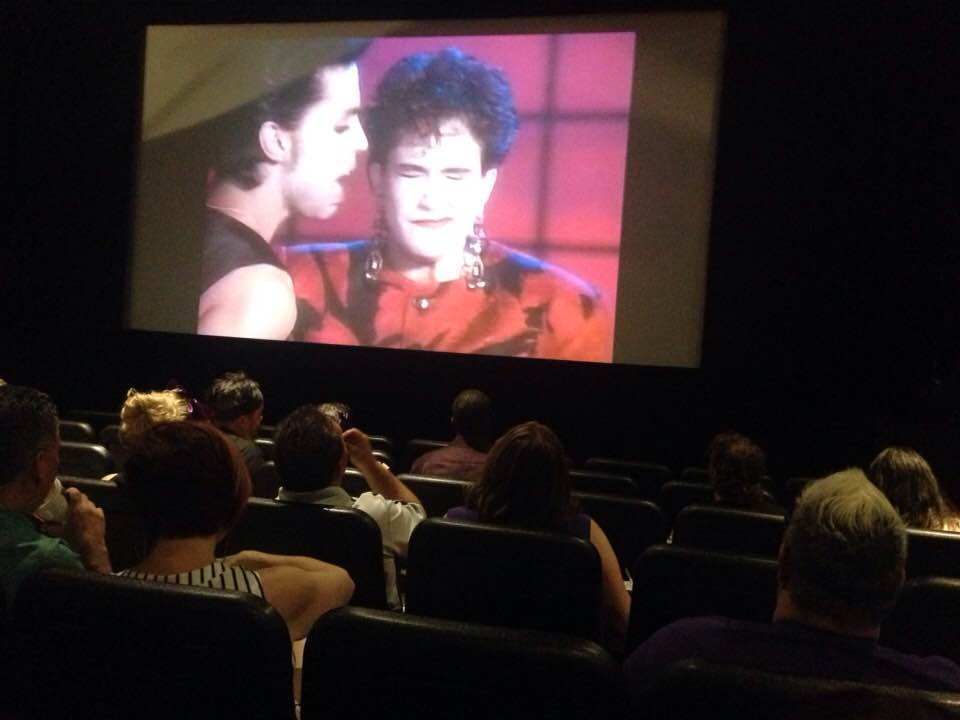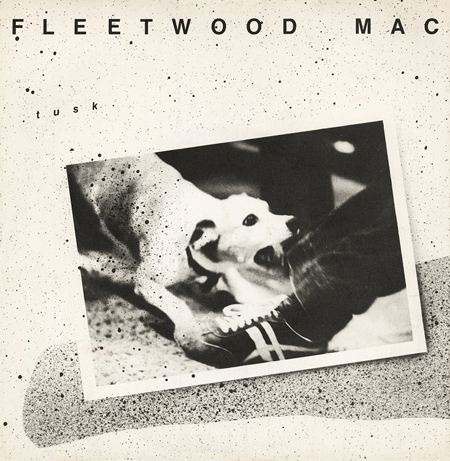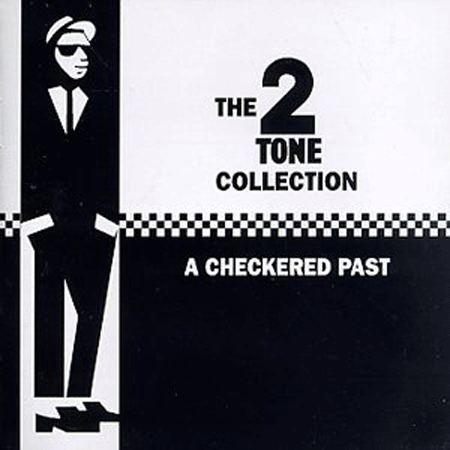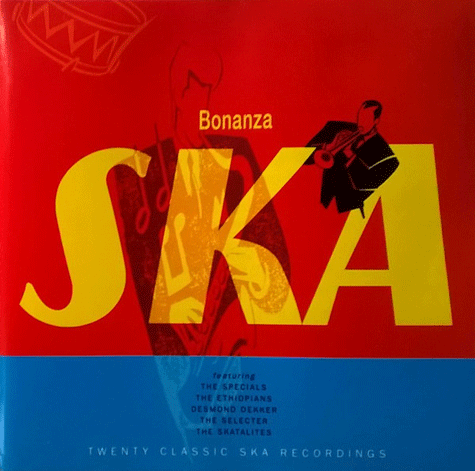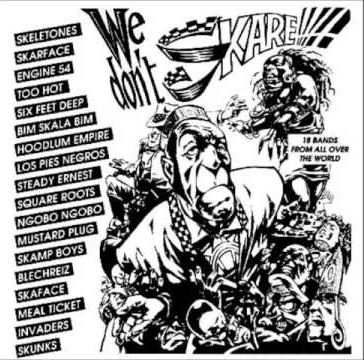One often hears a meta-debate about whether it is wise or warranted to compare this event or that event to the massive event from 1941 to 1945 referred to as The Holocaust, or Shoah. There is “Godwin’s Law” to consider, concerns of resorting to reductio ad Hitlerum, and therefore having one’s points rendered as moot due to such reliance on an obviously accepted logical fallacy. One could even register a moral concern over comparing anything in contemporary experience with the unique horrors that event unleashed.
It is problematic.
I had the privilege of studying Holocaust history under Saul Friedman in my college days at Kent State. Professor Friedman was a tall man, perpetually in a sports coat, a serious face, and more gravitas than most people anyone has ever met. His challenge was to teach the iceberg to people who grew up shown the tip and thought it was all there was. You remember. From middle school forward, the teachers would show us the pictures of emaciated people stacked up in rickety wood bunks, they would drill those incomprehensible numbers into our heads, six million Jews, six million others; the higher-skilled teachers would even perhaps note the grappling irony of “arbeit macht frei.”
But those lessons did not even try a bit to explain the origins of these hideous ideas. I think that most people whose Holocaust study occurred merely through high school graduation got the impression that the hateful ideas that led to the “Final Solution” began and ended in Hitler’s warped brain, and that is by far not the truth. Professor Friedman’s greatest impression upon me was to pull back the curtain to reveal how ancient, how matted into the soil, how far back the ugly tendency of humans to massively scapegoat goes.
Russia in the late 1700s forcibly restricted the movement of Jewish people, who were made to live in the “Pale of Settlement,” and yes, this is from where the phrase “beyond the pale” comes. But the practice of ghetto-izing Jewish people goes back to the 11th and 12th centuries. Indeed, the practice of murdering Jews en masse is nearly as time-honored: Pogroms in Ukraine and Belarus killed some 150,000 from 1918 to 1922.
Russia is of course the origin point for a book called “The Protocols of the Elders of Zion,” which first raised its horrible head in 1903. This book purports to detail a Jewish plan toward world domination, which they would achieve by subverting the morals of non-Jews, by taking over the banks and the press, and, ultimately, by destroying civilization.
You can buy yourself a copy at Amazon right now!
Egyptian scholar Dr. Samir Taqi Al-Din has a well-thumbed copy, apparently. He recommended it as a source of truth in April 2018. Dr. Muhammad Ali Al-Malla of Damascus is a fan, too. He thinks the World Cup is part of the plot outlined therein. He said this just last week.
The practice of and the notions behind mass scapegoating are deeply engrained over centuries and as modern and current as Cardi B.
During the 2016 campaign, I expressed alarm to friends I knew were going to vote for D.J. Trump, who essentially campaigned saying that this group of people and that group of people are causing the problems, so we’re going to get rid of those groups of people. That is an argument that cannot help but engage the worst tendencies and the worst practices of people.
And now we have toddlers appearing alone before immigration judges and a Muslim ban with the Supreme Court’s stamp of approval.
Nope, I see no similarities whatsoever. Nope.
- There Is No Crisis At The Border – And DHS Stats Prove It (Forbes)

